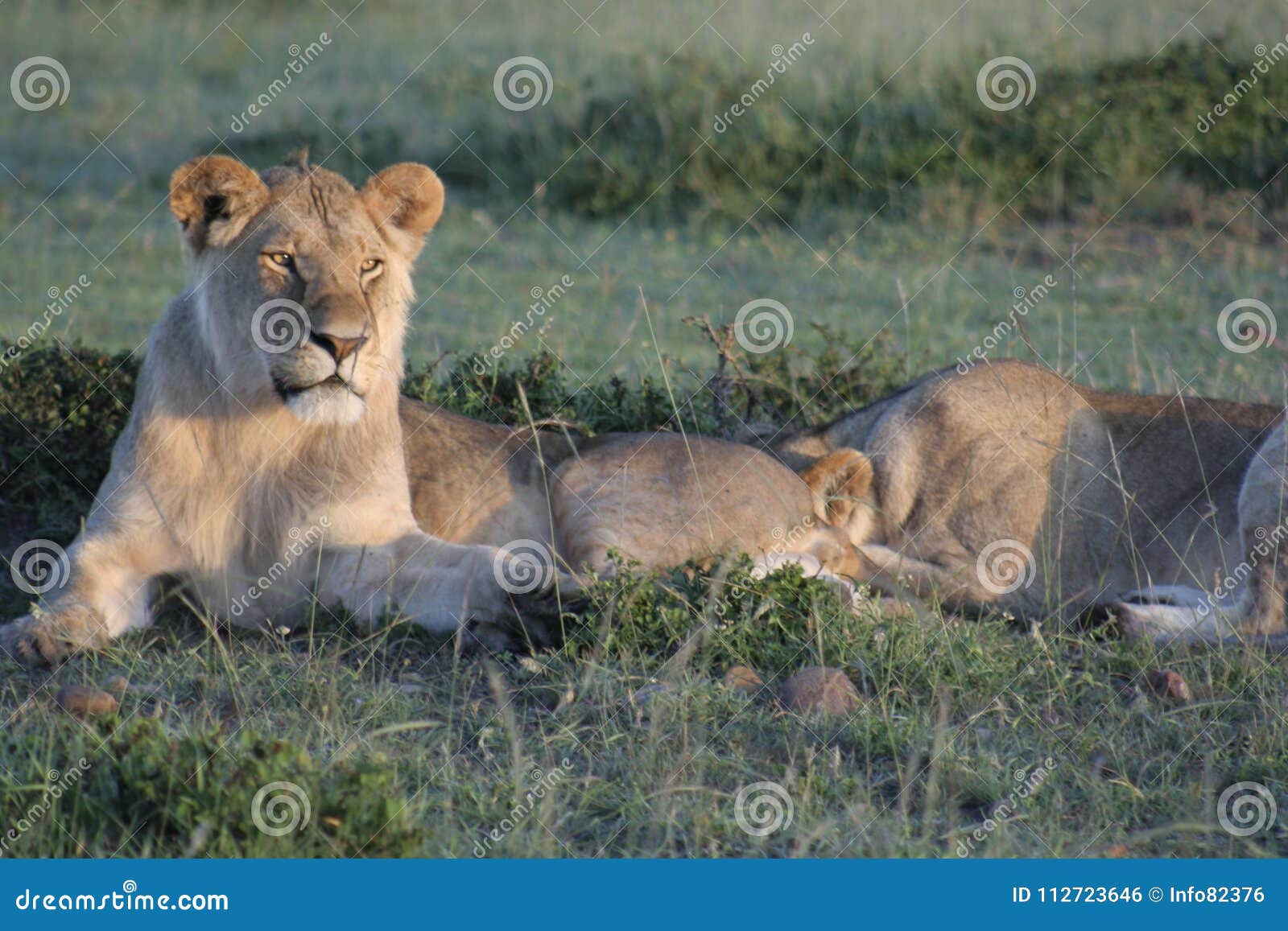

They do groom with their large, sandpaper tongues in the same manner as housecats, though, and purr as well. Their fur is thick and coarse, not as soft as housecats. Mountain lion paws are larger than a dogs and are usually pretty distinguishable from other animal tracks. Their ears are triangle-shaped and pointed, while they have large whiskers for sensing spatial dynamics. This includes brown, tan, white, and sometimes even black, depending on what part of the world you are in.īig round eyes with vertical pupils are set in a wideset face with a soft nose that varies from white to black, or maybe even a mix of the two. They come in various colors, depending on their location and heritage. We wouldn’t want to run into any while on a hike or taking out the garbage, that’s for sure. Mountain lions are nothing more than large cats with the powerful jaws of a master predator. What Do Mountain Lions Look Like? Mountain lions are large cats with coat colors that are mostly in shades of brown. They prowl around and stalk their prey, living their lives in the same authentic way as any cat. Known to be a solitary animal, mountain lions need a lot of space to call their own, which is abundant in certain parts of the country. You might assume it’s getting harder for them to thrive as humanity encroaches further on their territory, but there is plenty of space out there to make their marks. The moniker tends to change based on the region, but they are all names for the same animal.Ī happy fact about these majestic animals is that they are not on the endangered species list. Also, the species does well in captivity and some are found in zoos.Mountain lions go by many names: cougar, puma, panther, but they are the same animal. The Gir, a national park and lion sanctuary has been successful in stabilizing one of the last remaining wild populations. Breeding can occur year-round and females give birth to one to five cubs after a gestation period of 100 to 119 days.Īsiatic lion populations have suffered due to sport hunting in the 1800s (until it was outlawed) and habitat loss due to the clearing of jungle forest for extracting wood and human settlement. Asiatic lions prey on medium to large mammals, such as wildebeest, zebra, giraffes and gazelles, and young elephants, rhinos, and hippos. They are nocturnal creatures, and most of the day is spent resting. Like African lions, they are very social and live in groups called "prides." Asiatic lion prides are smaller than African lion prides, and males prefer to associate with the pride when mating or during hunting. The Asiatic lion prefers grassy plains, savanna, and open woodlands as its habitat. The mane of the males varies in color from light to dark brown or even black, and it is generally shorter than that of the African lion making their ears more visible.

Their fur is tan in color and is a great camouflage in the light-colored savanna grasses.

The males can weigh up to 550 lb and the females can weigh up to 400 lb. Adults can reach up to eight feet in head and body length, their tails reaching up to three feet in length.
#Are lions nocturnal skin#
Asiatic lions are generally smaller than African lions, and the most noticeable difference is the long fold of skin running along the Asiatic lion's belly that is rarely found on the African lion. The Asiatic lion is a subspecies of the lion found in Senegal east to Somalia, East Africa, Angola, northern Namibia and from Kalahari east to Mozambique and northern Natal.


 0 kommentar(er)
0 kommentar(er)
